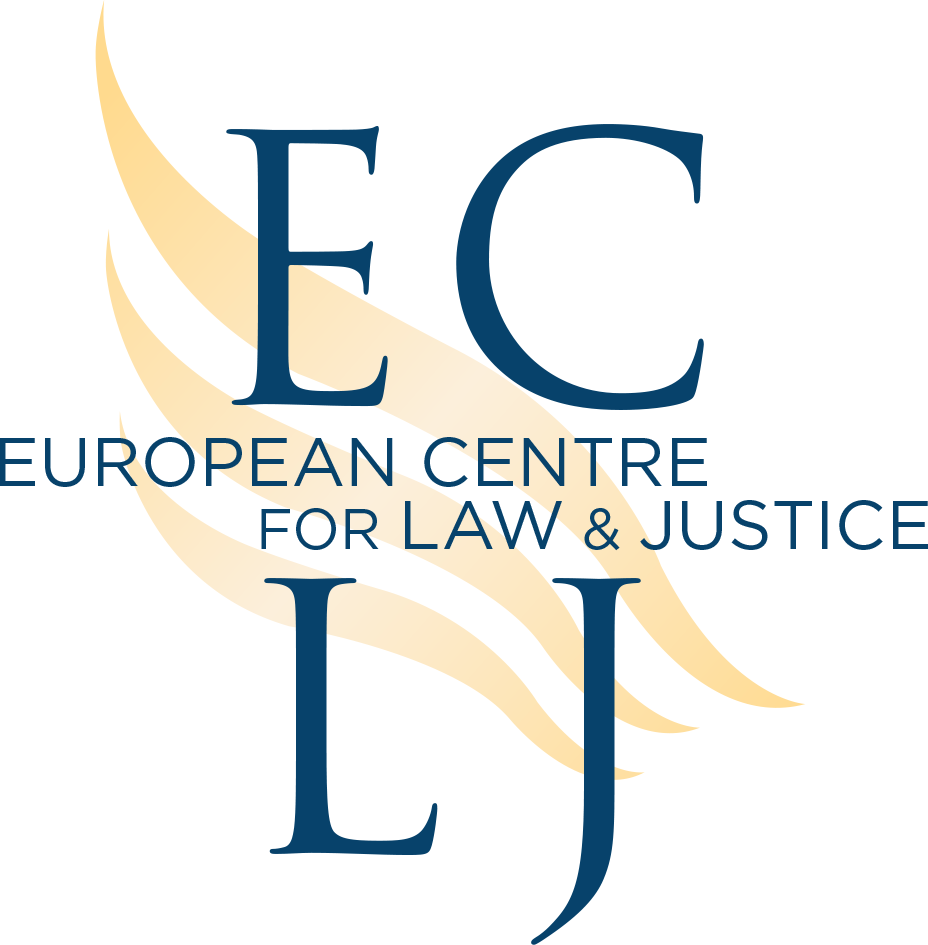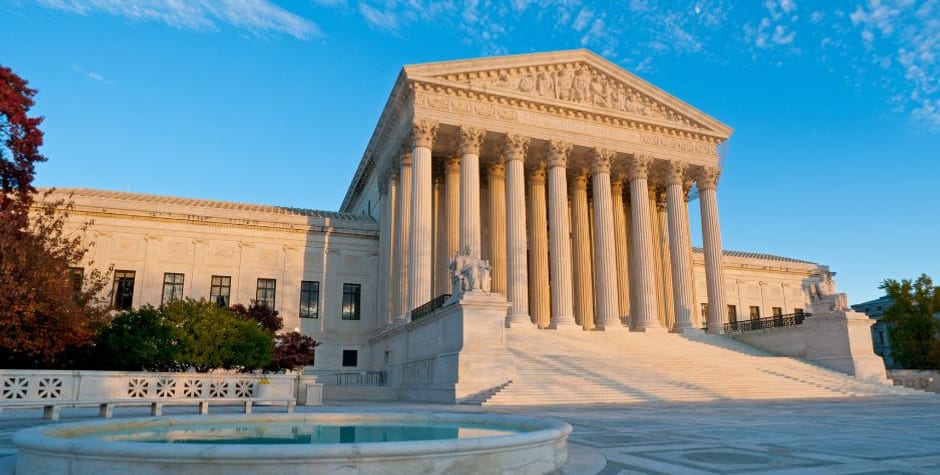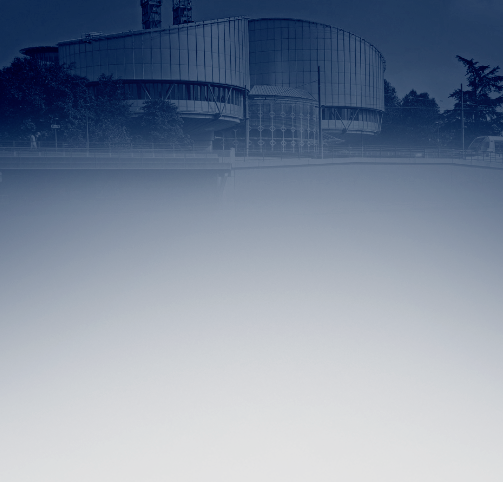In the decision Free Speech Coalition v. Paxton[1] adopted on June 27, 2025, by a vote of six to three, the US Supreme Court ruled that Texas law H.B. 1181 is constitutional, particularly regarding the First Amendment right to freedom of expression. This law requires websites with content consisting of more than one-third sexually explicit material harmful to minors to verify their users are at least 18 years old.
A counterattack by the porn industry
Shortly after the law was passed, “a trade association for the pornography industry, a group of companies that operate pornographic websites [including Pornhub], and a pornography performer sued the Texas attorney general,” arguing that “adults have a right to access the speech covered by H.B. 1181, and that the statute impermissibly hinders them from doing so” (p. 4).
The plaintiffs invoked arguments traditionally used by the pornography industry when challenging age verification requirements (pp. 34-35): the existence of less restrictive means of protecting children, such as encouraging parents to install filters on their children’s devices or providing an opt-in system in which ISPs block these sites unless the user chooses otherwise; the continued operation of other types of sites (social networks) not subject to age verification even though they contain pornographic content; threats to users’ privacy and the stigma surrounding pornography making age verification too frightening for adults.
The District Court initially agreed with them, ruling, after a “strict review” of constitutionality, that Texas had not proven that the law in question was the least restrictive means of achieving the compelling goal of preventing minors from accessing pornography (p. 4). The Fifth Circuit Court of Appeals then ruled that there was no need to carry out such a “strict review” since the law in question concerned the “"regulation of the distribution to minors of materials obscene for minors," which only incidentally implicates "the privacy of those adults" seeking to access the regulated content” and “minors have no First Amendment right to access such materials” (p. 5).
Age verification, a “burden” on adults that is consistent with the Constitution
This decision by the Court of Appeals has just been upheld by the Supreme Court in a majority opinion written by Justice Thomas. The Court thus answered in the negative the question at issue: whether the “burden” of online age verification violates the First Amendment right of adult visitors to access some content on pornographic websites and thus renders the Texas law unconstitutional.
In a dissenting opinion, Justice Elena Kagan and two of her colleagues argued the category of obscene content protected by the First Amendment is broader than that of obscene content for minors, as what is obscene to a minor is often not obscene to an adult. Thus, according to her, the Texas law challenged “covers speech constitutionally protected for adults; impedes adults’ ability to view that speech; and imposes that burden based on the speech’s content.” Referring to four previous Supreme Court decisions (Sable Communications of Cal., Inc. v. FCC in 1989; Reno v. American Civil Liberties Union in 1997; United States v. Playboy Entertainment Group in 2000; Ashcroft v. American Civil Liberties Union in 2004), she asserts that the challenged law should therefore have been subject to strict review by the Supreme Court. The Court should have assessed its proportionality, since “the statute, in addition to serving a compelling purpose, can restrict only as much adult speech as is needed to achieve the State’s goal.”
However, as the majority opinion (see p. 21 et seq.) points out, some of these previous Supreme Court decisions were handed down at a time when “the internet was still more of a prototype than a finished product” (p. 25) and in cases concerning laws that prohibited “both minors and adults from accessing speech that was at most obscene only to minors.” Furthermore, according to the Court, such strict control would “call into question the validity of all age-verification requirements, even longstanding requirements” in the real world (p. 19).
A rational decision giving priority to the best interests of the child
This decision by the US Supreme Court is to be welcomed in several respects. It clarifies the issue of the compatibility of online age verification with the right to freedom of expression. The Court also adopts a rational approach, finding that the law challenged merely adapts to the digital world an obligation that already exists in the real world. It thus upholds the logical principle that what is prohibited offline must also be prohibited online: it states that “proof of age performs the same critical function online that it does in person, requiring age verification remains an ordinary and appropriate means of shielding minors in the digital age from material that is obscene to them” (p. 17). The Court further recognizes that the age verification requirement is a balanced solution: since it “ensures that an age-based ban is not ineffectual, while at the same time allowing adults full access to the content in question after the modest burden of providing proof of age” (p. 33), it therefore only interferes with freedom of expression in an incidental manner.
The Court thus gives precedence to the interests of the child, which are often sacrificed to the desire of adults to freely consume pornography and, above all, to an unscrupulous industry that fiercely defends its financial interests at the expense of the well-being, health, dignity, and innocence of millions of children. The present case was a further example of its determination to “remove all obstacles to its expansion.” From this point of view, the Supreme Court seems to have fully grasped the extent of the scourge that pornography has become. It states that “With the rise of the smartphone and instant streaming, many adolescents can now access vast libraries of video content—both benign and obscene—at almost any time and place, with an ease that would have been unimaginable at the time of Reno and Ashcroft II” (p. 13). The Court points out in particular that “in 2019, Pornhub, one of the websites involved in this case, published 1.36 million hours—or over 150 years—of new content. App. 177. Many of these readily accessible videos portray men raping and physically assaulting women—a far cry from the still images that made up the bulk of online pornography in the 1990s.” (p. 27). While, as the Court noted, at least 21 other US states already have similar laws designed to protect minors from harmful sexual content online (p. 3), this decision may encourage others to follow suit.
____
[1] Page numbers refer to opinion 606 U.S._(2025), No. 23-1122: https://www.supremecourt.gov/opinions/24pdf/23-1122_3e04.pdf













